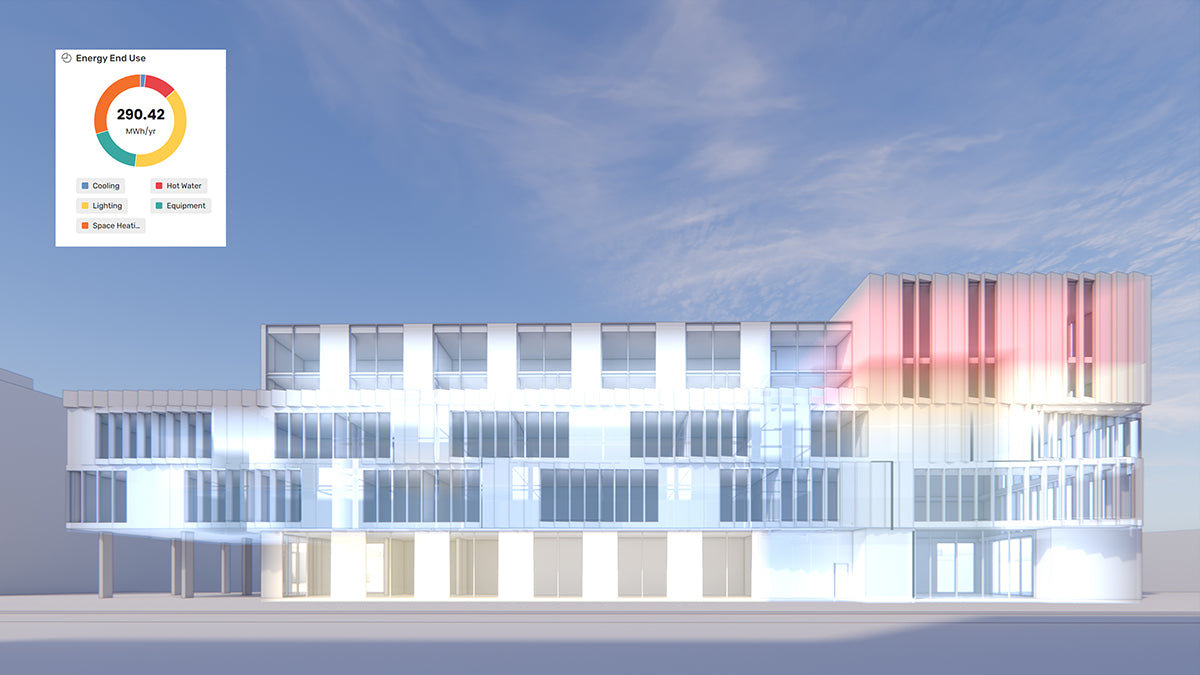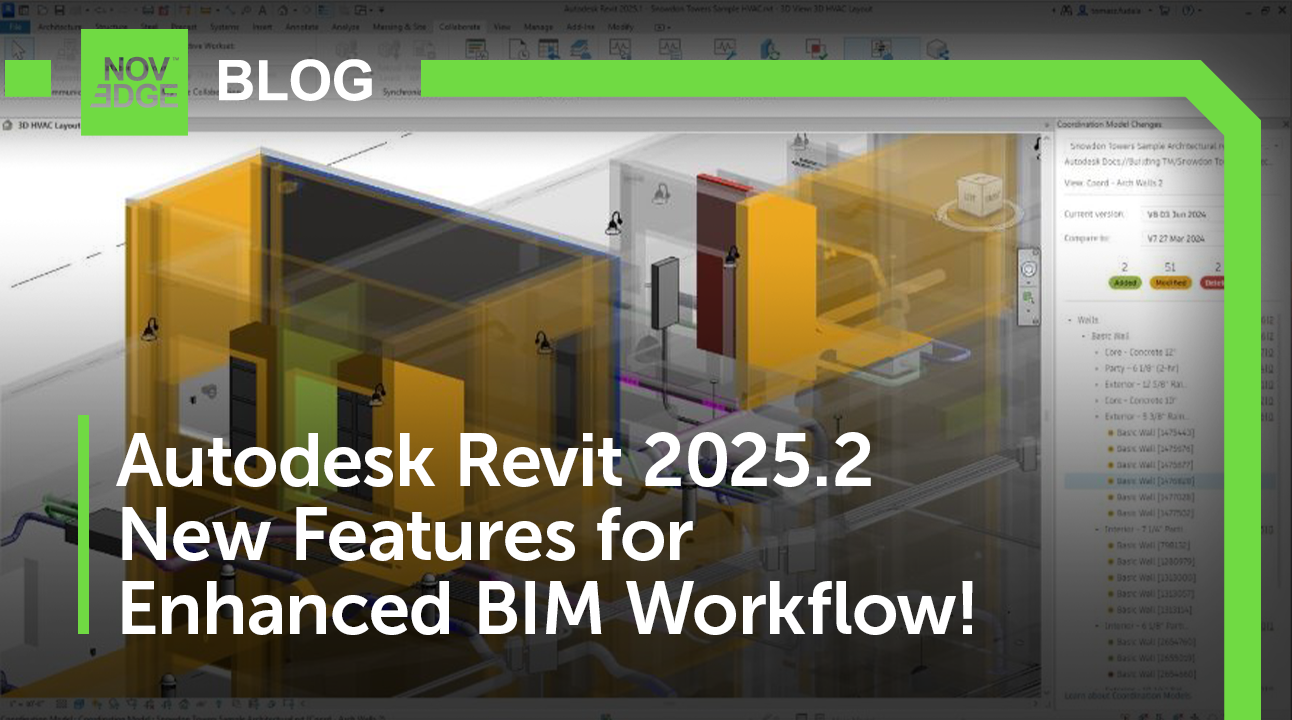Your Cart is Empty
Customer Testimonials
-
"Great customer service. The folks at Novedge were super helpful in navigating a somewhat complicated order including software upgrades and serial numbers in various stages of inactivity. They were friendly and helpful throughout the process.."
Ruben Ruckmark
"Quick & very helpful. We have been using Novedge for years and are very happy with their quick service when we need to make a purchase and excellent support resolving any issues."
Will Woodson
"Scott is the best. He reminds me about subscriptions dates, guides me in the correct direction for updates. He always responds promptly to me. He is literally the reason I continue to work with Novedge and will do so in the future."
Edward Mchugh
"Calvin Lok is “the man”. After my purchase of Sketchup 2021, he called me and provided step-by-step instructions to ease me through difficulties I was having with the setup of my new software."
Mike Borzage
Frederick W. Taylor and 3D Technology
January 03, 2007 2 min read

in 3D designers need to master the art of creating parametric CAD models
I was pleasantly surprised to see so many readers going through my recent post about the slow transition from 2D to 3D. Several readers left thoughtful comments explaining why they still use 2D technologies and tools. I really appreciate their feedback. I found also interesting Alex Neihaus comments on his blog. Alex has a point: 3D technology is not as easy as it should be. I don't like to admit it, but it's true. The slow 2D to 3D transition proves it. If using 3D technology gave companies an immediate competitive advantage, companies would jump into it, forcing all their CAD employees to adopt 3D technologies. Industry sectors, where the benefits are real, are already using 3D. The transition is obviously not happening on a full scale so there must be a problem somewhere. I have at least two suggestions:
- 3D Requires More Skilled Operators than 2D
- Higher professional skills mean higher costs for companies. We work in an economic system based on over-optimized processes and where most of the employees can be easily and quickly replaced. Companies prefer to invest in processes more than in people: processes will stay, people can go. This approach doesn't really support the demand of higher professional skills generated by the 3D technologies. In an extreme synthesis we can say that 2D tools are more taylorist than 3D tools.
- 3D is Not Truly WYSIWYG
- The popular acronym WYSIWYG (What You See is What You Get) applies to all sorts of software but not to 3D parametric feature-based CAD software, such as SolidWorks, Solid Edge, Pro/Engineer, CATIA V5, Alibre, etc. Even with a great rendering, the 3D shapes you see on your computer screen are just the top of a huge iceberg. What you see is the 3D geometry. You can't visually observe the complex network of relations and constraints that constitute the hidden portion of the iceberg. While you have to be an expert to understand and explore that part, you can experience its effects any moment by modifying some critical dimensional parameter. The hidden part of the iceberg will control how well and how much the 3D model will change. You can choose to not use the flexibility provided by the parametric engine running under the hood of your CAD system, but doing so means renouncing most of the advantages of 3D technology. On the other hand, fully embracing the parametric approach means committing to invest more time and larger resources for a better return, sometime in the future.
The two problems are related. A 3D system is more complex because is not WYSIWYG and therefore requires more skill in order to be properly and effectively operated. When switching to 3D we still need good designers, but they need also to know the complex art of creating and managing parametric feature-based 3D CAD models. Frederick W. Taylor wouldn't be happy about that.
Franco Folini
Also in NOVEDGE Blog

How the AEC Industry Shifted Towards Essential Sustainable Building Design
August 15, 2024 4 min read
Read More
Unlocking New Realms of Design with Enscape 4.1: Introducing Impact Add-on and Lot More
August 02, 2024 2 min read
Read More
Explore Autodesk Revit 2025.2: New Features and Enhancements for Enhanced BIM Workflows
July 30, 2024 3 min read
Read MoreSubscribe
Sign up to get the latest on sales, new releases and more …


